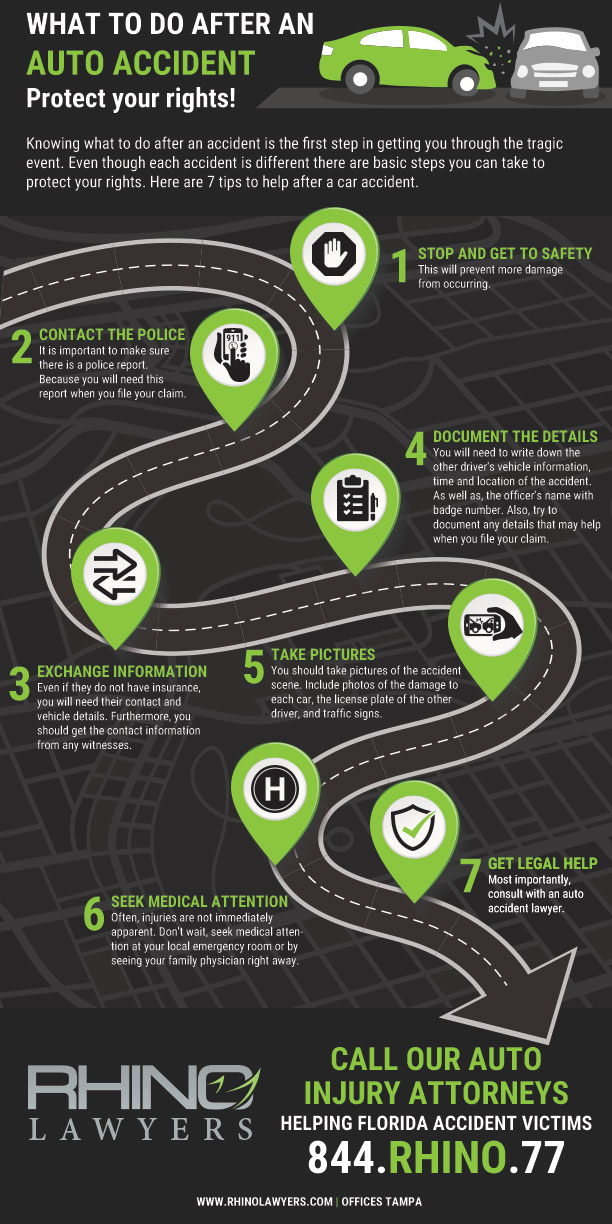Personal watercraft accidents can occur unexpectedly and have serious consequences. Whether you are an avid rider or simply interested in understanding the risks, it is crucial to be informed about personal watercraft accidents.
In this article, we’ll discuss everything you need to know about personal watercraft accidents and what you can do to mitigate them in the event of one.
Let’s take a closer look.
Common Causes of Personal Watercraft Accidents
Personal watercraft accidents can occur due to a variety of common causes. One primary cause is excessive speed, where riders push the limits of their watercraft. This makes the craft difficult to control and hamper how you react to unexpected situations.
Another frequent cause is inexperience, as beginners may lack the necessary skills and knowledge to operate the watercraft safely. Reckless behavior, such as aggressive maneuvering and ignoring navigation rules, can lead to accidents.
Poor weather conditions, including strong winds and rough waters, also contribute to the risk.
Inadequate maintenance and equipment failure can play a role in accidents. Understanding these common causes can help prevent personal watercraft accidents and ensure a safer riding experience.
Types of Injuries in Personal Watercraft Accidents
Personal watercraft accidents can result in various types of injuries, ranging from minor to severe. One common injury is lacerations, caused by contact with sharp objects or propellers. These can lead to significant bleeding and tissue damage.
Fractures and broken bones are also prevalent. These often occur when riders collide with other watercraft, stationary objects, or when thrown off their personal watercraft.
Head injuries are a serious concern. Without proper protective gear like helmets, riders are at risk of traumatic brain injuries.
Soft tissue injuries like sprains and strains can happen because of sudden movements or falls during accidents.
Drowning or near-drowning incidents pose a severe threat, especially when riders are not wearing life jackets or are trapped under their watercraft.
The Importance of Safety Gear and Proper Training
Safety gear and appropriate know-how when it comes to operating a personal watercraft are vital for avoiding injuries and accidents.
Wearing a life jacket is essential to ensure flotation and enhance safety in case of a fall or collision. Protective equipment like helmets and goggles can also shield riders from head injuries and debris.
Proper training, including understanding watercraft operation, navigation rules, and emergency procedures, is vital for safe riding.
Training courses can provide valuable knowledge and skills, enabling riders to make informed decisions and respond effectively to different situations.
Legal and Insurance Considerations for Personal Watercraft Accidents
When it comes to personal watercraft accidents, understanding the legal and insurance aspects is crucial. It’s important to be aware of the laws and regulations governing watercraft operations in your jurisdiction. Different regions may have specific requirements regarding licensing, age restrictions, and operating zones. Failure to comply with these regulations can lead to legal consequences.
Insurance coverage is another vital consideration. Many watercraft accidents result in property damage or bodily injuries. Having adequate insurance coverage can provide financial protection in such situations.
It’s essential to review your insurance policy to ensure it includes coverage for personal watercraft accidents and liability for any harm caused to others.
In some cases, determining liability can be complex. Liability may rest with the operator of the personal watercraft, another involved party, or a combination of factors.
Proving negligence or fault may require evidence such as eyewitness testimonies, accident reports, or expert opinions. Consulting with legal professionals experienced in maritime or personal injury law can provide valuable guidance and assistance in navigating the legal complexities.
It’s important to note that some insurance policies may have exclusions or limitations for personal watercraft accidents. This can include things like coverage restrictions for racing, reckless operation, or unauthorized use.
Understanding these terms and conditions is crucial to avoid any surprises in the event of an accident.
How to Respond in the Event of a Personal Watercraft Accident
Knowing how to respond in the event of a personal watercraft accident is crucial for minimizing further risks and ensuring prompt assistance. The first step is to check for injuries and provide immediate medical attention if needed.
Next, try to move to a safe location away from other watercraft or hazards. Contact emergency services and provide them with accurate information about the incident and your location.
Collect any relevant details, such as the names and contact information of witnesses, to assist with potential investigations. It’s essential to cooperate with law enforcement or emergency responders and follow any instructions provided.
Report the accident to the appropriate authorities and inform your insurance company to initiate any necessary claims.
Who is at Fault in Personal Watercraft Accidents?
Determining fault in personal watercraft accidents depends on the specific circumstances. Generally, operators have a responsibility to navigate safely, follow applicable laws and regulations, and exercise reasonable care.
Factors such as reckless operation, failure to yield, or violating navigation rules can contribute to liability. However, liability may also extend to other parties involved, such as negligent operators of other watercraft or individuals responsible for maintenance or equipment.
Establishing fault often requires a thorough investigation, including gathering evidence, witness statements, and expert analysis.
Consulting legal professionals experienced in maritime or personal injury law can help navigate the complexities of determining liability in personal watercraft accidents.
Get Representation Today
Personal watercraft accidents can be serious. If you’ve recently been involved in one, then you may need to seek legal representation to establish fault and walk you through the mitigation process.
At RHINO Lawyers, we have some of the finest automotive injury lawyers out there. Our crack legal team is on hand to help you no matter what.
Get in touch with us today to discuss your case. We’re available 24/7 and you can always turn to us for help.
CONTACT A TAMPA ACCIDENT ATTORNEY
In short, after an accident, you may not know your rights. Above all, don’t struggle through the process alone. Actually, our personal injury team is here to help you with any legal needs you might have regarding your accident.
Lastly, let RHINO Lawyers answer your questions and review the facts of your case with a Free Consultation. So, get started by completing the “Free Instant Case Evaluation” or by calling us any time, day or night, at 844.RHINO.77.










